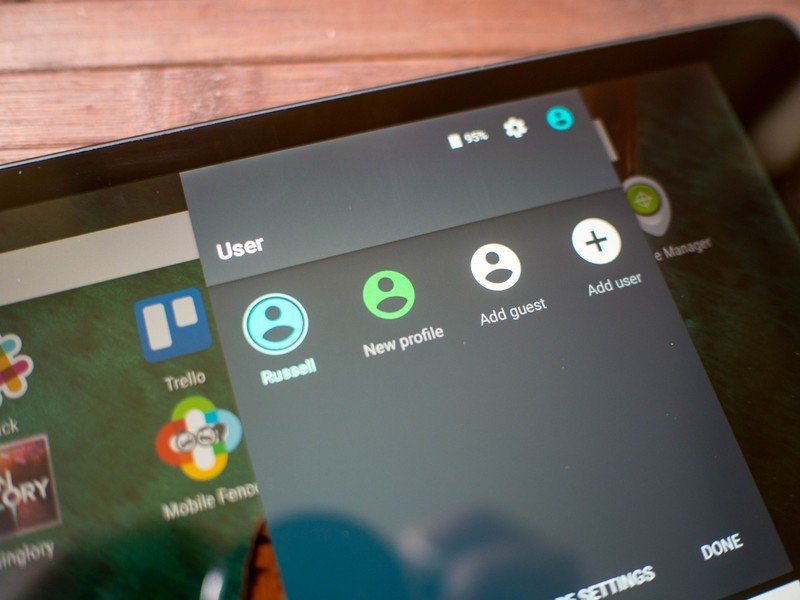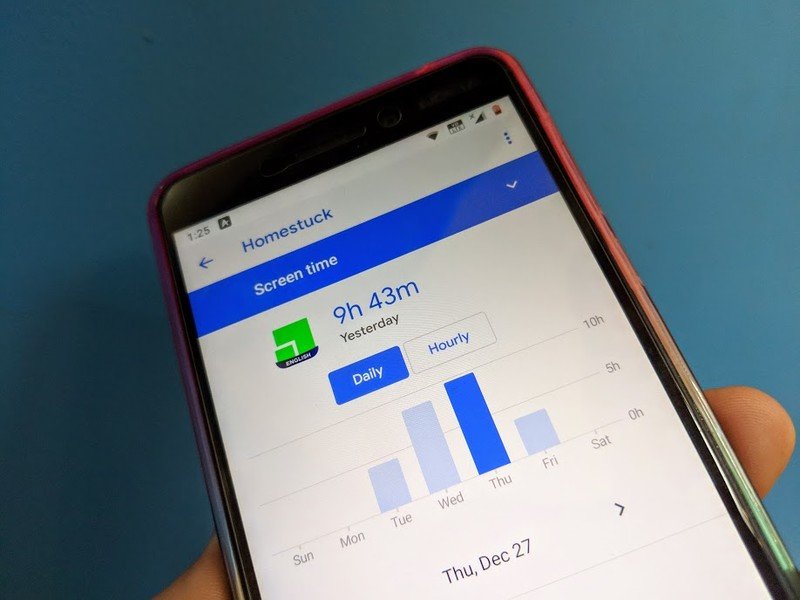3 important steps for keeping your kids safe online in 2022

Surfing the internet is not in and of itself a dangerous act, but much like the chain letter emails of our forefathers, it can be easy to get lost when you're inexperienced. Younger users tend to live in apps instead of the browser, but that doesn't always guarantee safety. If you're concerned about leaving your child unattended on the internet, we've got a few tips for ensuring their safety.
As parents, we have no reference to what it is like to be a kid today. We didn't have the internet growing up, and those of us who did weren't constantly barraged with social networks and an endless stream of information that may or may not be real news. Being safe online isn't just about protecting your information digitally, kids in school and other public places can easily snap a photo and use it mock your child online.
Navigating this environment as a parent is new and unusual, but it's also not particularly difficult. Here's how to start!
Give them their own account

This may sound counterproductive, but hear me out: your kid, regardless of age, needs their own identity online. It doesn't have to contain any personal information, it just needs to be separate from your online identity. This can be a Google account, a separate screen name in Minecraft, or their own profile on the family computer, but it's important to set this up early.
That unique identifier makes it easier for their activity online to be monitored and, more importantly, filtered. With a Google Family Link account, you have control over the kinds of search results your child sees and what kinds of apps they can access. With a unique account on Netflix or Hulu you can control what ratings your kid can see. This gives you the ability to teach best practices in safer environments, and slowly open up more of the internet to your kid as they grow more mature.
Also read: How to set up a kid-friendly Android phone or tablet
If you're sharing a tablet, giving your child their own account or profile also helps them feel a sense of ownership. If their activity on that device isn't what you want, you can show them consequences for improper use without exposing your own usage habits and patterns. Instead of just handing the phone or tablet over to play with temporarily, they get to create an environment that belongs to them, which helps them learn and grow.
Get the latest news from Android Central, your trusted companion in the world of Android
Look for Parents Guides

Your kids are more than likely going to be using apps and playing games you've never heard of. They want a Roblox account because all of their friends have one, or they want to play Brawl Stars because they saw a commercial for it. There are a ton of these games out there, and with these little adventures typically comes some kind of horror story of a child racking up a huge bill through in-app purchases because a parent wasn't paying attention. This is not only easily avoidable, but it's an important thing to pay attention to.
Because most of these app developers are aware their games can skew to the younger side, you'll frequently find Parents Guides made by the game creators. These guides are designed to show you how to use the tools built into the app to keep your kid safe and stop unwanted purchases from happening. Some of these tools do things like disable chat or keep personal information hidden when you identify the user as under a certain age. Others will email you when your child logs in to their account from a new device, so you know if your child is playing when they aren't supposed to.
Before letting your kid run wild in a game they love, make sure you locate the Parents Guide. You'll be able to quickly enable any safety or privacy features you'd rather know about early on, and you'll be able to stop your child from spending a ton of cash in-game.
Talk with your children about boundaries

The best way to keep your kid safe online has little to do with enabling a feature or installing the right app. It's communication. That may sound simple, but it requires a lot of work on the side of the parent. Talk with your kids about what they are doing online, and really try to focus on the parts you don't fully understand. If your kid just spent the last hour watching Jacksepticeye playing a game on Twitch, you should have a general idea of who that person is and get your kid to talk about the experience.
At the same time, it's important to establish limits with your kids and help them understand why they are important. Help them understand why you're setting time limits for Fortnite or YouTube, and show them on the phone where they can see how long they have spend using their phone each day. Most people, regardless of age, are able to accurately perceive how often they use their phone every day, and starting those healthy habits early by teaching them how to take advantage of the Digital Wellbeing features on their phone is going to be a much bigger deal than you may initially realize.
Read more: Using Digital Wellbeing on your Android phone
It's important to be an active participant in your child's online and app-based activities. That doesn't mean you have to be their friend on Instagram, but it does mean you should have a general idea of what the apps and games are they use the most and what those apps are used for. Open communication will allow you to teach your kids how to avoid some of the more obvious traps online, but also keep you from being surprised if something goes wrong.

